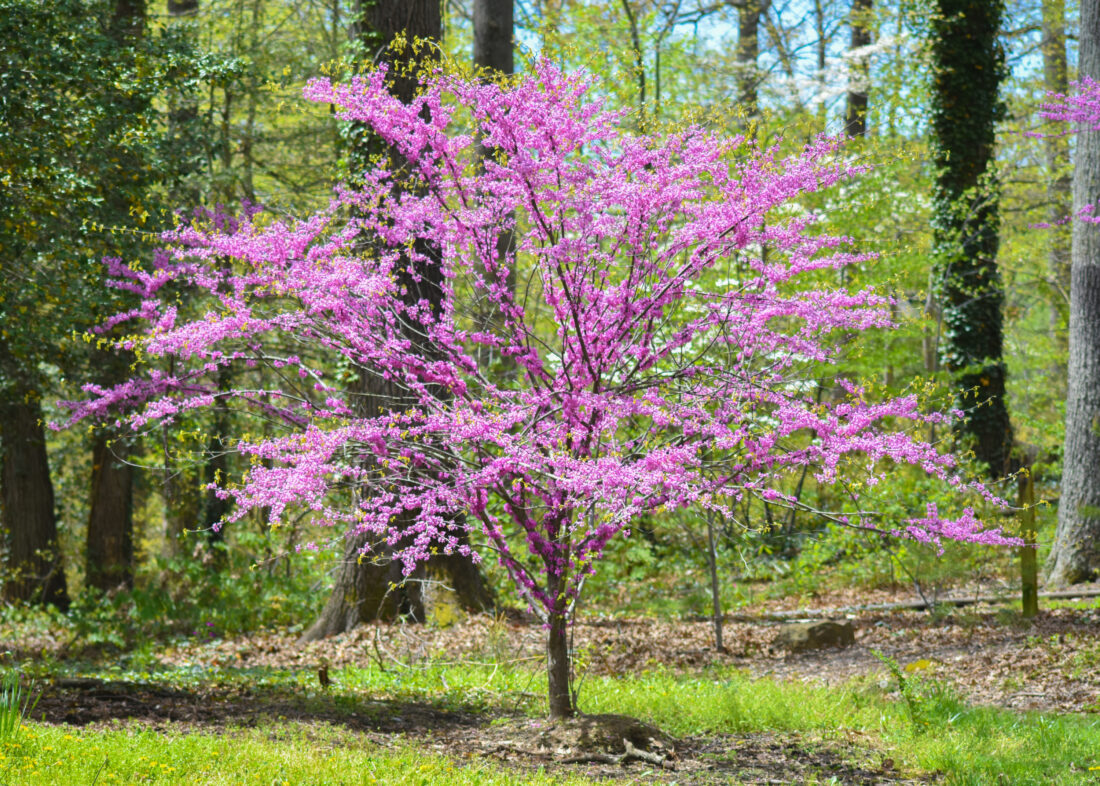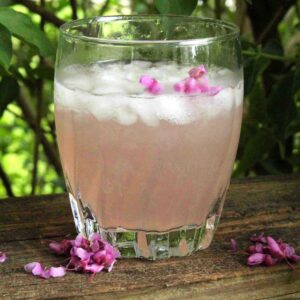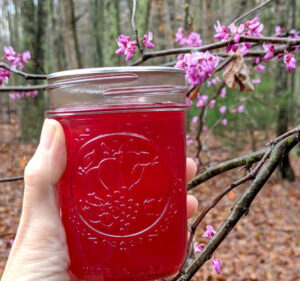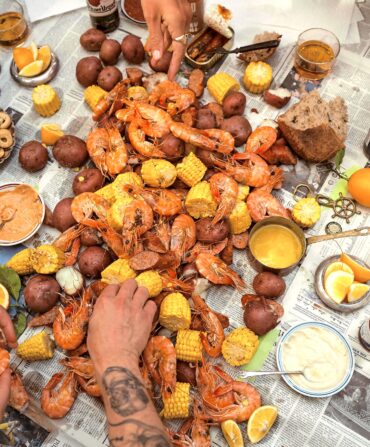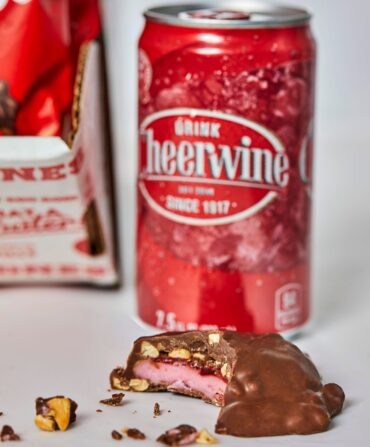Redbud trees do such important work—splashing vibrant color across a drab landscape while the rest of spring’s arrival lags behind—that it’s almost rude to ask for more. But more they’ll do, if you lend a helping hand and use the blossoms to make lemonade, vinegar, and jelly or to spruce up a salad.

“Redbud blossoms hang around only for a few weeks, usually blooming in March or April depending on where you live,” says Jan Berry, who lives in Central Virginia and writes about gardening and foraging for the website Unruly Gardening. “When you spot a tree in full flower, don’t wait too long to collect.”
If you’re lucky enough to have a redbud tree in your yard (or, heck, a neighbor’s yard), gathering blossoms is easy-peasy. Even if you need to go farther afield, they’re easy to identify. The light-to-bright-pink blossoms, sometimes tinged with purple, are about a half-inch long and grow in clusters directly against the tree’s branches. Each blossom has five petals: a middle “banner” petal flanked by two “wing” petals, plus two bottom petals that contain the stamen. (Tip: Redbud doesn’t have a toxic lookalike, but it’s always wise to consult a local foraging guide if you’re unsure. And avoid trees that may have been exposed to pesticides.)
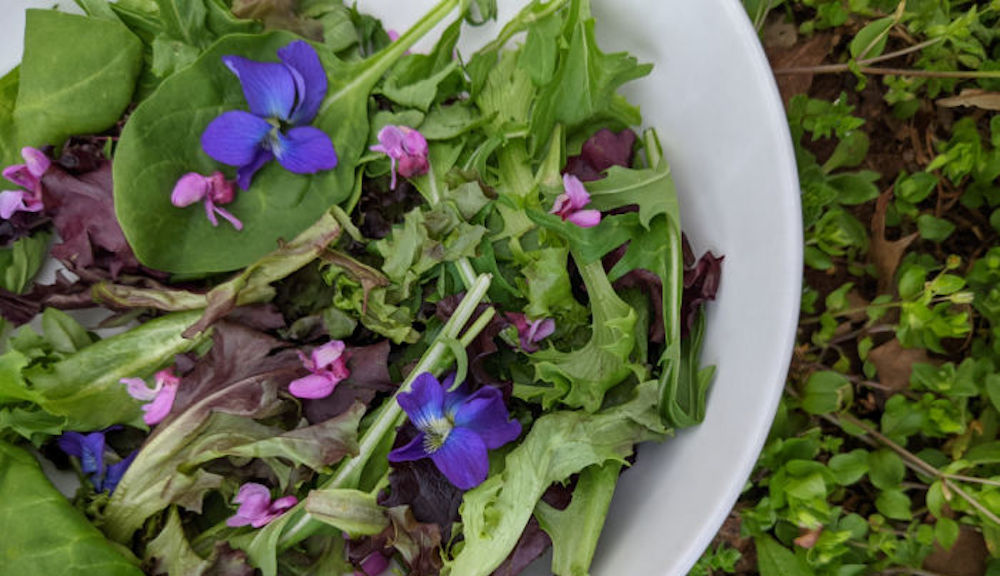
Making sure to leave most blossoms on the tree for pollinators, gather your twig-free harvest into a small container. They’re best used the same day but can be placed overnight in a refrigerator covered with a damp paper towel. Raw blossoms, rich in vitamin C, are a splashy addition to spring salads or the top of cakes. “The taste of the raw, fresh blossoms reminds me of snow peas,” Berry says. “Plus, they make your salad look all pretty and fancy.”
Here are three more of Berry’s recipes for making the most of redbud blossoms.


